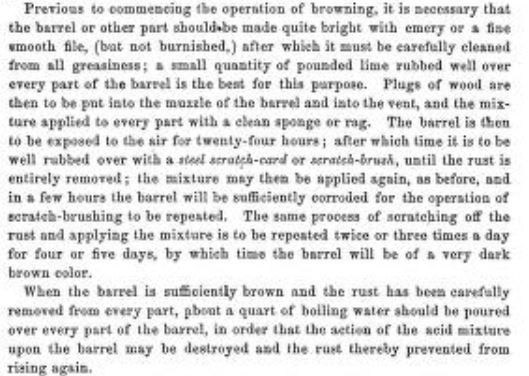Hey guys,
I was wondering if any records exist of the process and formula different manufacturer's used for bluing their revolvers n the 1840-1860's? I have some old Italian clones, I'd like to strip and see if I can replicate the process for a closer to original finish. I'm especially interested in the Confederate processes as I'm guessing it was very primitive when compared to Colt or Remington. Could someone point me to where I might find such documentation? Has anyone here tried to replicate it?
Thanks!
I was wondering if any records exist of the process and formula different manufacturer's used for bluing their revolvers n the 1840-1860's? I have some old Italian clones, I'd like to strip and see if I can replicate the process for a closer to original finish. I'm especially interested in the Confederate processes as I'm guessing it was very primitive when compared to Colt or Remington. Could someone point me to where I might find such documentation? Has anyone here tried to replicate it?
Thanks!






Comment